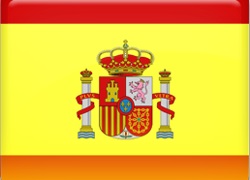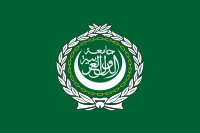Zimbabwe has stated that the primary mission of the ZIMSAT-2 satellite is to monitor crop health. By utilizing its advanced imaging technology, the satellite is designed to identify nutrient deficiencies in crops, providing crucial insights for improving agricultural practices.
Zimbabwe Launches Second Satellite, ZIMSAT-2, to Enhance Agriculture and Resource Monitoring


Zimbabwe has announced a major milestone in its space program with the successful launch of its second satellite, ZIMSAT-2, on Tuesday. This achievement marks a significant advancement for the country in space exploration and technological development.
The satellite is a joint project between the Zimbabwe National Geo-Spatial and Space Agency (ZINGSA) and Southwest State University (SWSU) in Russia. ZIMSAT-2 was launched aboard a Soyuz 2.1b/Fregat-M rocket from the Vostochny Cosmodrome in Uglegorsk, Amur Oblast, located in the eastern part of Russia.
ZINGSA has stated that ZIMSAT-2 is equipped with a high-resolution multispectral camera, which is intended to serve a variety of purposes, including supporting agriculture, resource exploration, and environmental monitoring. The satellite's imaging capabilities will allow for precise data collection that will benefit various sectors of the economy.
Dr. Painos Gweme, the Coordinator of ZINGSA, emphasized the satellite's significance during the launch, noting that ZIMSAT-2 will provide valuable data and insights that will contribute to Zimbabwe's economic development, particularly in agriculture and mining. He highlighted how the satellite’s technology would assist in addressing challenges in these key sectors.
The satellite’s development is the result of a collaborative effort between ZINGSA and Southwest State University in Kursk, Russia. The project involved the active participation of Zimbabwean engineers and students from the Presidential Scholarship Program, who played a key role in guiding the satellite from the initial mission design phase to the completion of its final flight model.
ZIMSAT-2’s primary mission is to monitor crop health by utilizing its advanced imaging technology to detect nutrient deficiencies, forecast crop yields, and classify different types of vegetation. The satellite will process the data to generate the Normalized Difference Vegetation Index (NDVI), a crucial metric in remote sensing that is used to assess the health of vegetation.
In addition to its agricultural applications, ZIMSAT-2 will also play an essential role in geological research. The data gathered will help identify and classify mineral-rich regions, aiding in exploration efforts for valuable natural resources. This further emphasizes the satellite’s potential to support not only Zimbabwe’s agricultural sectors but also its mining and resource exploration industries.

 বাংলা
বাংলা  Spanish
Spanish  Arabic
Arabic  French
French  Chinese
Chinese 
